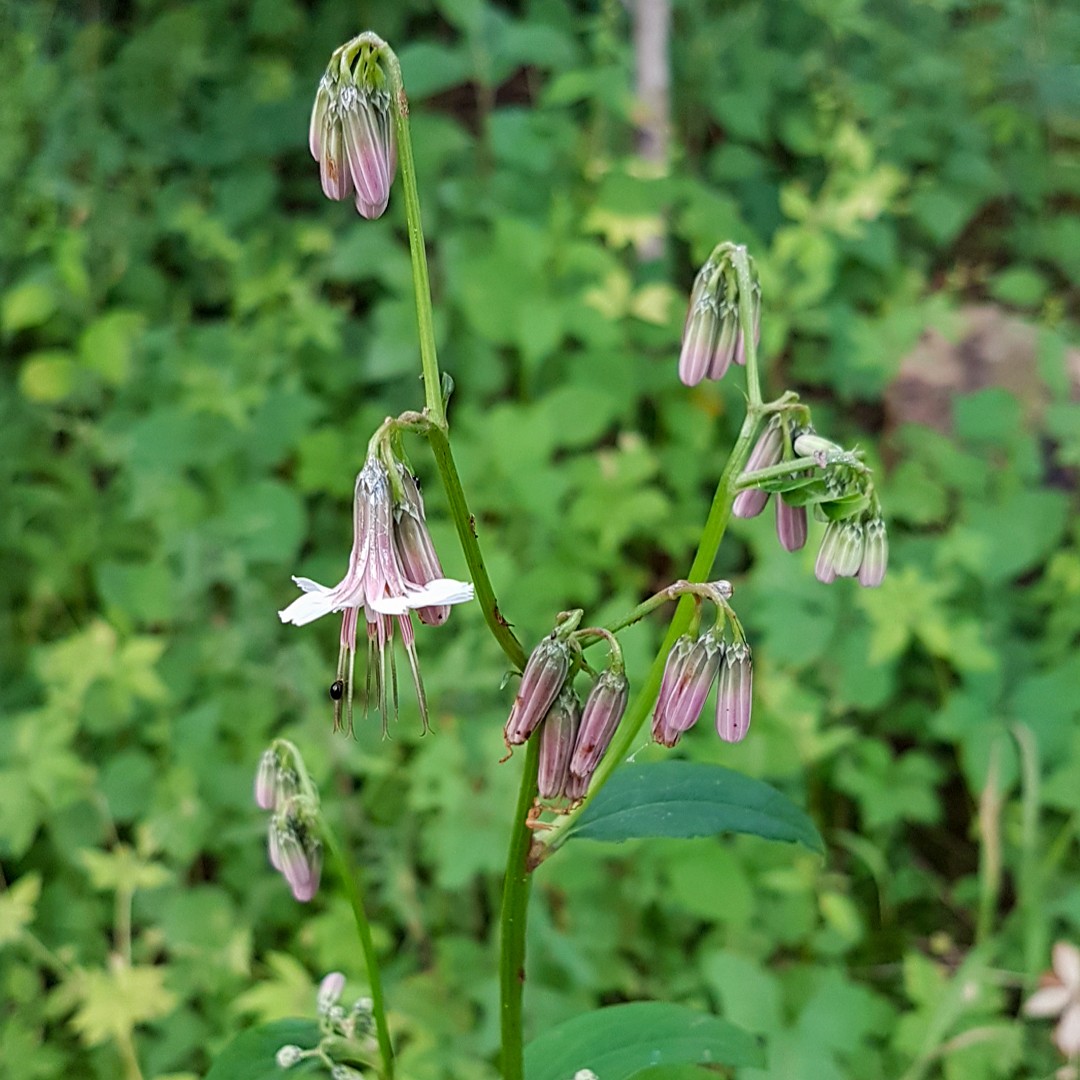Nabalus trifoliolatus
Występujący w lasach, zaroślach i na otwartych zboczach, Nabalus trifoliolatus może dorastać do wysokości od 2 do 6 stóp. Nazywany również nabalus trifoliolatus, można go zobaczyć w północno-wschodnich Stanach Zjednoczonych, w całej Nowej Anglii. Jej młode liście i nowe pędy są uważane za jadalne.








